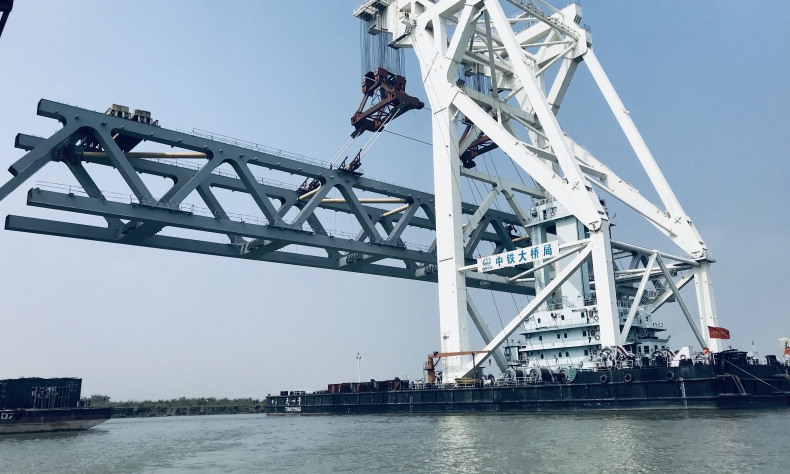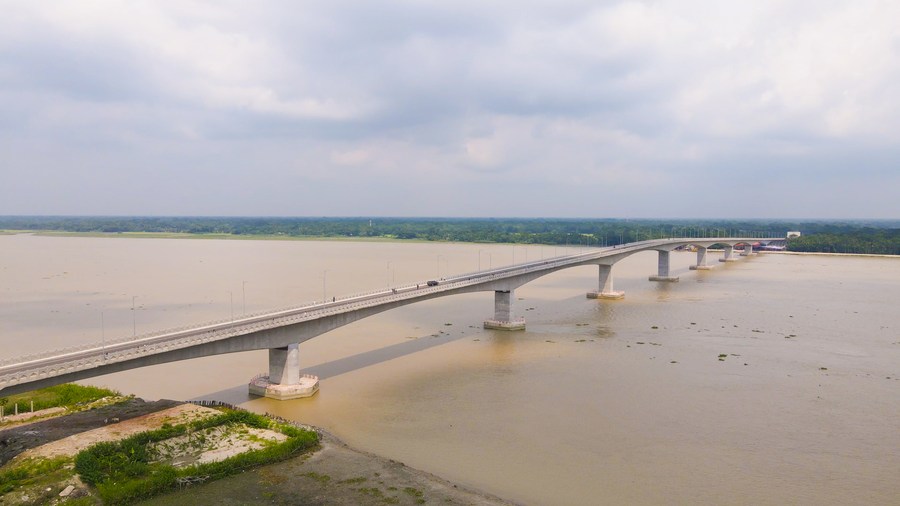BRI Proving a Boon to Many Countries

If we break down the outcomes of the initiative, we can find that large projects under the BRI have greatly boosted the economy and improved local people’s livelihoods in many countries all over the world.
The Belt and Road Initiative (BRI) has gone a long way to make positive contributions to many countries since its inception in 2013.
The initiative has so far gained ground across Southeast Asia, South Asia, Central Asia, West Asia, North Africa, and Central and Eastern Europe. The combined land territories of those regions account for more than one-third of the world’s total, a population of around 60%, and a GDP of 32%, which speaks volumes of its feats.
The initiative has also boosted international cooperation on education. China has signed agreements with many other BRI countries on mutual recognition of academic certificates and degrees in higher education, and over 60 Chinese universities have launched academic programs in partnership with local institutions in BRI countries.
If we break down the outcomes of the initiative, we can find that large projects under the BRI have greatly boosted the economy and improved local people’s livelihoods in many countries all over the world.
Pakistan’s Ambassador to China Moinul Haque said that the BRI has transformed Pakistan’s economic landscape. He mentioned that BRI projects in the China-Pakistan Economic Corridor have created around 70,000 jobs in Pakistan. BRI projects have benefited Pakistanis through job creation, improved livelihoods, poverty eradication, and upgrading of remote areas.
Large BRI projects in Cambodia, including the Sihanoukville Special Economic Zone, hydropower plants, Phnom Penh-Sihanoukville Expressway, the new Siem Reap International Airport, the Morodok Techo National Stadium, roads and bridges, hospitals, and rural water supplies, have similarly generated more than 3,000 jobs for Cambodians during construction.
According to a report by the Ministry of Commerce of Cambodia, BRI projects will help Cambodia to achieve its ambitious goal of becoming an upper-middle-income country by 2030 and a high-income country by 2050. They will be the major contributors to Cambodia’s economic growth in the post-pandemic era too.

Some infrastructure projects are also being implemented in Bangladesh in collaboration with China. Several have already begun, and the people of Bangladesh are reaping the dividends. The Bangladesh Power System Upgrade and Expansion Project, a $165 million power project, is a vivid example of how the BRI is playing a role in improving the livelihoods of the people of the country. This project has benefited more than 7 million Bangladeshis by helping provide electricity connections to over 2.5 million rural people.
Besides, China is now implementing a series of infrastructure projects in Bangladesh, including an economic and industrial zone, power plant, bridge, and an exhibition center. Every project has created a huge number of jobs, bringing about enormous socio-economic development in Bangladesh.
The China-backed Karnaphuli Multi-Channel Tunnel Project is now underway and scheduled to be finished at the end of this year. The tunnel will connect the port city of Chittagong to the far side of the Karnaphuli River, which will shorten travel time from four hours to just 20 minutes.
The Special Chinese Economic Zone, another BRI project in southern Bangladesh, will have the capacity to house 150-200 industrial units and will focus on a range of different industrial sectors, including shipbuilding, pharmaceuticals, electronics, agri-business, IT, chemicals, power, and textiles. The 750-acre economic zone is set to create more than 75,000 jobs, a boon to the huge number of unemployed youths in Bangladesh.
Meanwhile, the Padma Bridge rail link, upon fruition, will cut the travel time from Dhaka to Kolkata, the capital of the Indian state of West Bengal, from nine hours to about four. The bridge will ease pressure on the country’s premier seaport in Chittagong as it will bolster the second largest Mongla seaport in Bagerhat.
Finally, the BRI has also brought good news to Bangladeshi students who aspire to receive a quality education in China. Under the initiative, China has increased its scholarship entry number to 8,000 for Bangladesh. This great opportunity has contributed to increasing remittance inflows to Bangladesh, which is the country’s second-largest source of foreign currency earnings, by producing skilled human resources.
Apart from these projects, a great number of other BRI plans are immensely contributing to the socio-economic development of many countries. They are directly uplifting the livelihoods of millions of people all over the world, paving the way for the establishment of their basic human rights.
The author is a Bangladeshi journalist based in Beijing.
 Facebook
Facebook
 Twitter
Twitter
 Linkedin
Linkedin
 Google +
Google +










